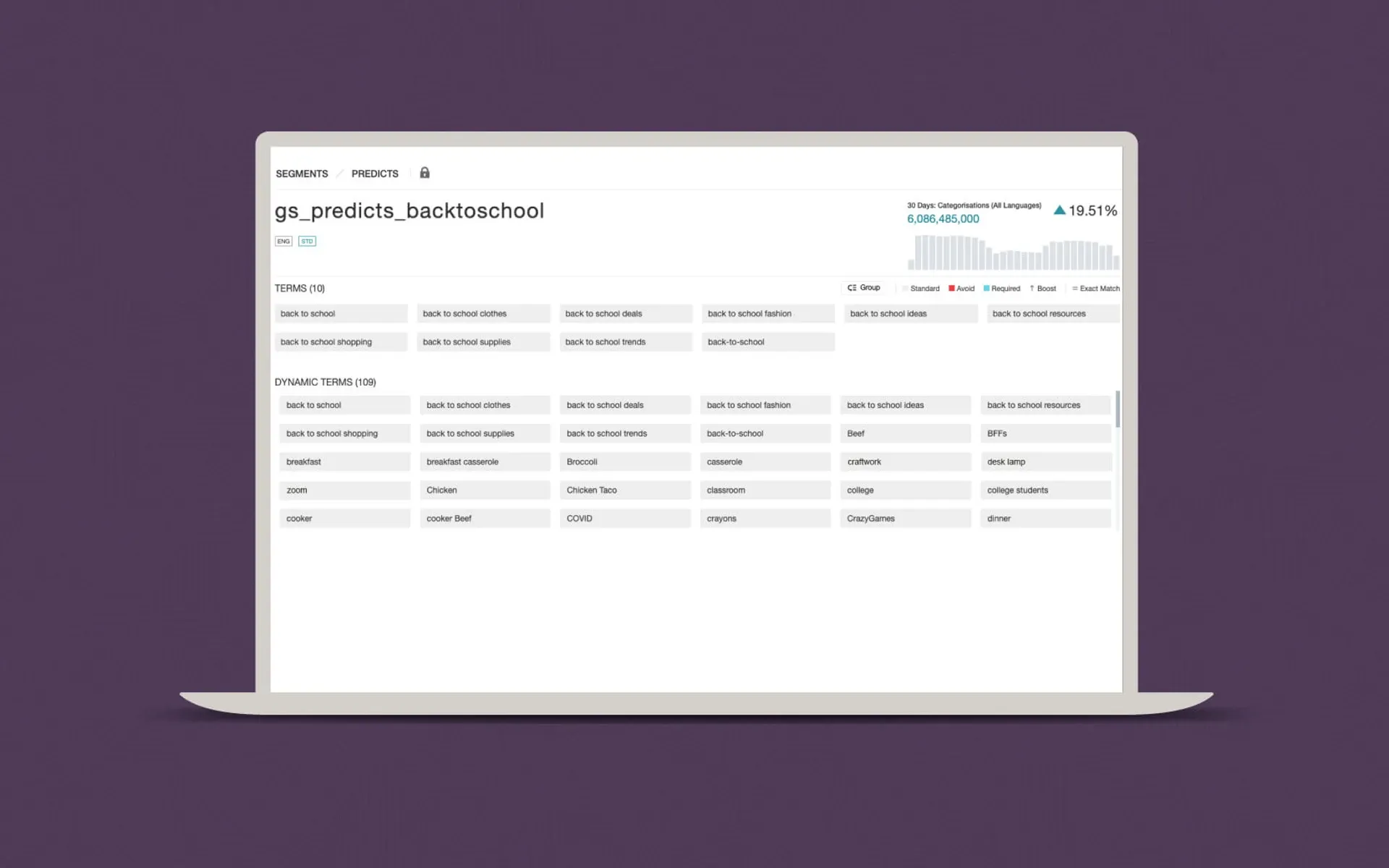Oracle exits advertising business after years of decline
This marked a significant shift for the software giant, which had previously invested heavily in building an ad tech presence.

Oracle Corporation (ORCL) yesterday announced its decision to exit the advertising business during its fiscal Q4 2024 earnings call. This marked a significant shift for the software giant, which had previously invested heavily in building an ad tech presence.
According to the earnings call, Oracle's advertising revenue had fallen dramatically from $2 billion in 2022 to just $300 million in fiscal year 2024. This decline highlights the challenges Oracle faced in the competitive advertising landscape.
Over the past decade, Oracle had spent billions of dollars acquiring advertising technology companies. These acquisitions included:
- BlueKai (2014): A marketing tech firm reportedly acquired for $400 million.
- Datalogix (2014): A data broker reportedly acquired for $1.2 billion.
- Moat (2017): A measurement firm reportedly acquired for $850 million.
- Grapeshot (2018): A contextual targeting and brand safety firm reportedly acquired for $400 million.
These acquisitions aimed to establish Oracle as a major player in the ad tech industry.
Several factors contributed to Oracle's struggles in the advertising space:
Privacy Regulations: The introduction of regulations like the General Data Protection Regulation (GDPR) in Europe restricted Oracle's ability to utilize certain data types for advertising purposes. In September 2020, Oracle stopped offering third-party data targeting services across Europe altogether.
Changes in Data Access: Meta (formerly Facebook) shutting down access to third-party data for ad targeting in 2018 significantly impacted Oracle's advertising business model.
Competition: Oracle faced stiff competition from established players like Salesforce, Adobe, Google, IAS, DoubleVerify, which offered similar advertising solutions.
Internal Restructuring: Internal reorganization efforts, including layoffs within the advertising division, further hampered Oracle's ability to compete effectively.
The combined effect of these challenges ultimately led to Oracle's decision to exit the advertising business.
Oracle's exit from advertising signifies a major shift in the industry. It highlights the challenges faced by companies trying to compete in the evolving landscape of data privacy regulations and user tracking limitations. The company will now focus its efforts on its core software business. While the long-term implications of this move remain to be seen, it represents a significant development in the advertising technology industry.
One interesting aspect of Oracle's exit is the impact it will have on contextual targeting capabilities. Grapeshot, a company Oracle acquired in 2018, is a significant player in providing contextual targeting segments to Demand-Side Platforms (DSPs) used by advertisers. These segments are categories or filters applied before bids are placed on ad inventory, allowing for more relevant ad placements based on the content of a webpage or app, rather than user data.
The future of Grapeshot's contextual targeting segments and how they will be delivered to DSPs remains uncertain. Here are a few possibilities:
- Acquisition by a Competitor: A competitor in the ad tech space could potentially acquire Grapeshot to bolster their own contextual targeting offerings. This would allow them to capture a larger share of the market and provide a more comprehensive solution to advertisers.
- Dissolution or Integration: Oracle could also choose to dissolve Grapeshot. This would likely result in a loss of expertise and market share in the contextual targeting space.
Regardless of the outcome, Oracle's exit from advertising is likely to have a ripple effect on the industry. The importance of contextual targeting is only expected to grow as privacy regulations continue to restrict the use of third-party data. Companies that can provide effective and privacy-compliant targeting solutions will be well-positioned to succeed in the evolving landscape.

